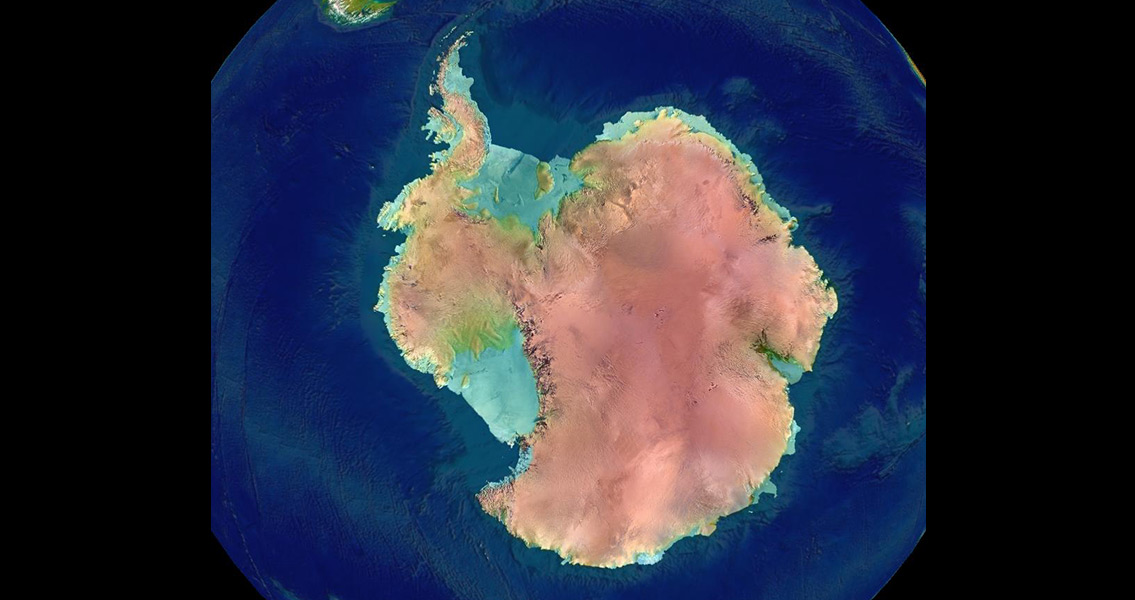<![CDATA[New data reconstructions of ocean temperatures dating back to the end of the age of dinosaurs support the theory that dinosaurs went extinct thanks to both an asteroid impact and volcanic eruptions. A pair of researchers from the University of Michigan and their colleague from Florida discovered not one but two ocean temperature warming spikes in the Antarctic that were roughly in line with a pair of extinction “pulses” documented previously and dating back to the final years of the Cretaceous Period around 66 million years in the past. The first of these pulses has been associated with a massive round of volcanic eruptions that occurred in what is modern-day India, while the second is thought to be from a comet or asteroid impact off the coast of the Yucatan Peninsula in Mexico. Each of these events was accompanied by a period of ocean temperature warming, the researchers found, after a chemical analysis of fossilized shells from the period. Using a new technique, known as the carbonate clumped isotope paleothermometer, the scientists were able to show that ocean temperatures in the Antarctic increased by around 14 degrees Fahrenheit during the initial warming event. The rising temperatures were likely due to large quantities of carbon dioxide gas entering the atmosphere as a result of the string of volcanic eruptions – something that would have increased atmospheric temperatures thanks to the ability of CO2 to trap heat. It would be around 150,000 years before the next spike in the fossil record, around the time of the cataclysmic Yucatan Impact. This later spike was smaller than the earlier one, however. According to a report in ScienceDaily, U-M postdoctoral researcher Sierra Petersen, one of the scientists involved in the study, said that the new temperature data helps to forge a direct link between volcanic activity and impact events regarding extinction pulses, with climate change being that link. The mass extinction that occurred at the end of the Cretaceous was therefore the result of not just the volcanic activity or the asteroid impact but both, something Petersen referred to as a “theoretical ‘one-two’ punch.” This extinction level event spelled the end of non-avian dinosaurs as well as around 75 percent of the plant and animal species on Earth around 66 million years ago. Its cause has been up for debate for years, with many researchers pointing to the Yucatan impact or the volcanic activity in India’s Deccan Traps region as the culprit. Others have sought a synergistic approach, combining the gradual climatic change, or press, of the volcanic activity with the instant catastrophe, or pulse, of the asteroid impact, creating the so-called “press-pulse” theory. The discovery of spikes in ocean temperature records coinciding with both these events has those who support the press-pulse theory hopeful. Petersen remarked that the ecosystem might have already been under stress from the volcanic activity when the meteorite hit, making it more vulnerable to collapse in the first place. The research study is available online through the journal Nature Communications]]>
Ancient Ocean Temp Data Supports Dinosaur Extinction Theory
